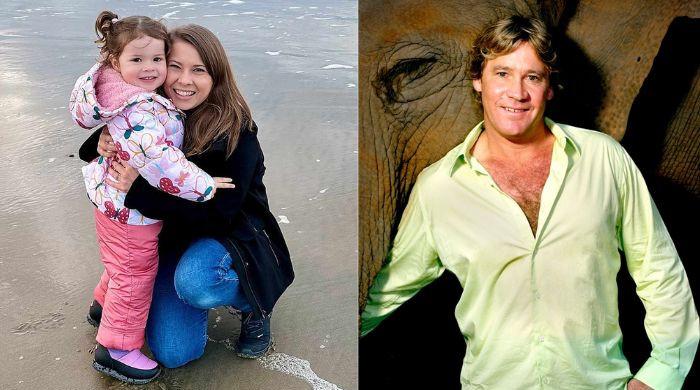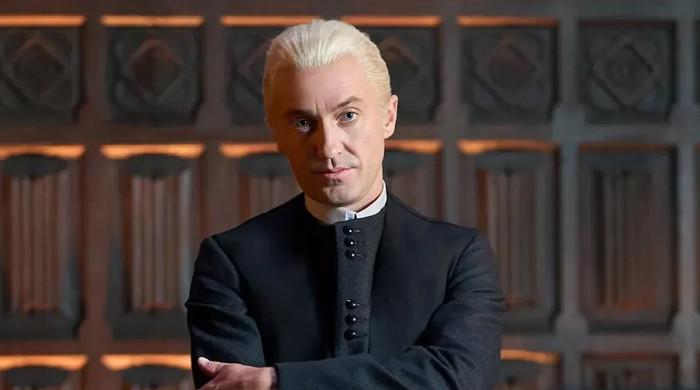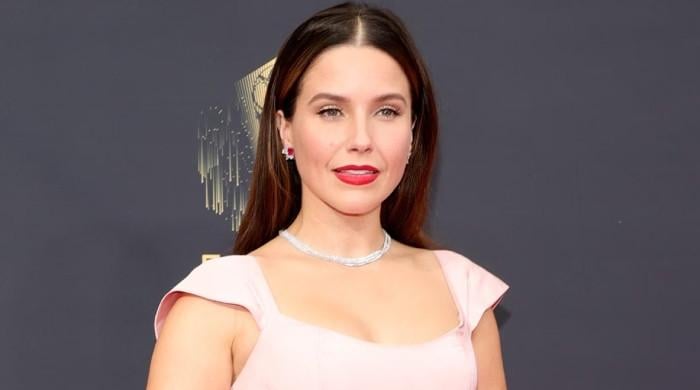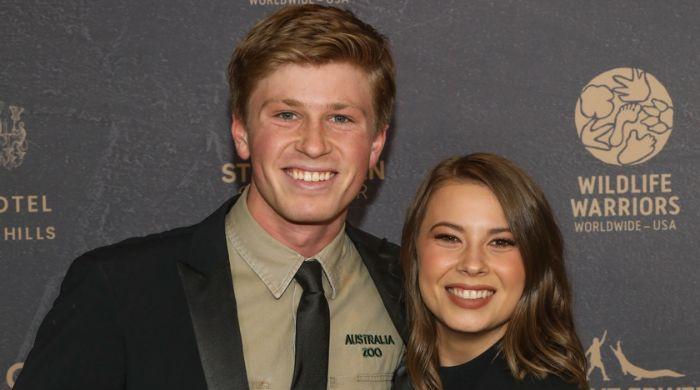Harry Styles opens up about his androgynous style and relinquishing gender barriers
Harry Styles spoke about how fashion and style was something he had been keenly interested in
November 14, 2020
British singer Harry Styles is known to have adopted a more androgynous style since the past few years and he is now looking for that to become mainstream.
During his latest interview with Vogue, the former member of One Direction, 26, spoke about how fashion and style was something he had been keenly interested in since he was a child.
“As a kid I definitely liked fancy dress. I was really young, and I wore tights for that. I remember it was crazy to me that I was wearing a pair of tights. And that was maybe where it all kicked off! I like playing dress-up in general,” he said.
He went on to speak about his recent transition, into what has now become his signature style, to his stylist, Harry Lambert.
“He just has fun with clothing, and that’s kind of where I’ve got it from. He doesn’t take it too seriously, which means I don’t take it too seriously,” he added.
“You can never be overdressed. There’s no such thing. The people that I looked up to in music—Prince and David Bowie and Elvis and Freddie Mercury and Elton John—they’re such showmen. As a kid it was completely mind-blowing. Now I’ll put on something that feels really flamboyant, and I don’t feel crazy wearing it.”
“I think if you get something that you feel amazing in, it’s like a superhero outfit. Clothes are there to have fun with and experiment with and play with.
“What’s really exciting is that all of these lines are just kind of crumbling away. When you take away ‘There’s clothes for men and there’s clothes for women,’ once you remove any barriers, obviously you open up the arena in which you can play.
“I’ll go in shops sometimes, and I just find myself looking at the women’s clothes thinking they’re amazing. It’s like anything—anytime you’re putting barriers up in your own life, you’re just limiting yourself. There’s so much joy to be had in playing with clothes.
“I’ve never really thought too much about what it means—it just becomes this extended part of creating something,” he added.











